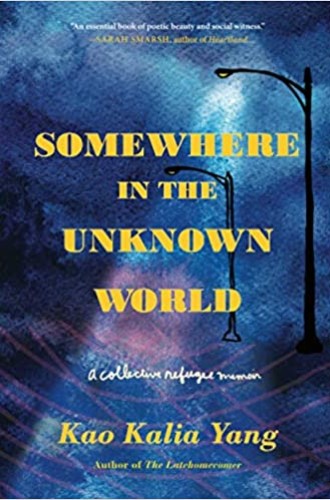The many voices of refugee experience
Kao Kalia Yang’s collective memoir conveys their diversity—and their singular humanity.
In a number of ways, this book is a testament to the impossible. First of all, it is paradoxically one story and many stories; one voice and many voices. Second, each story testifies to the impossible choices that refugees make (or that are made for them) in their many iterations. Third, while these refugees come from places as diverse as Vietnam, Afghanistan, Bosnia, and Liberia, each of them ends up in Minnesota, where award-winning writer Kao Kalia Yang engages their journeys. It’s head spinning.
As I read their stories, I thought, Yang must be an extraordinarily good listener. She captures each voice and each person, not only the basics of their stories but also the feeling behind them. She writes with generosity and specificity, but she also recognizes the big picture: the question of what it means to be a refugee in our time. “Collective memoir” should be an oxymoron, but here it is not.
I found myself often starting at the end of each story, where Yang records the name of the storyteller. I would try to deduce from the name the original geographical location of the teller. Sometimes I was successful, but just as often I failed. Why should this have mattered to me?





